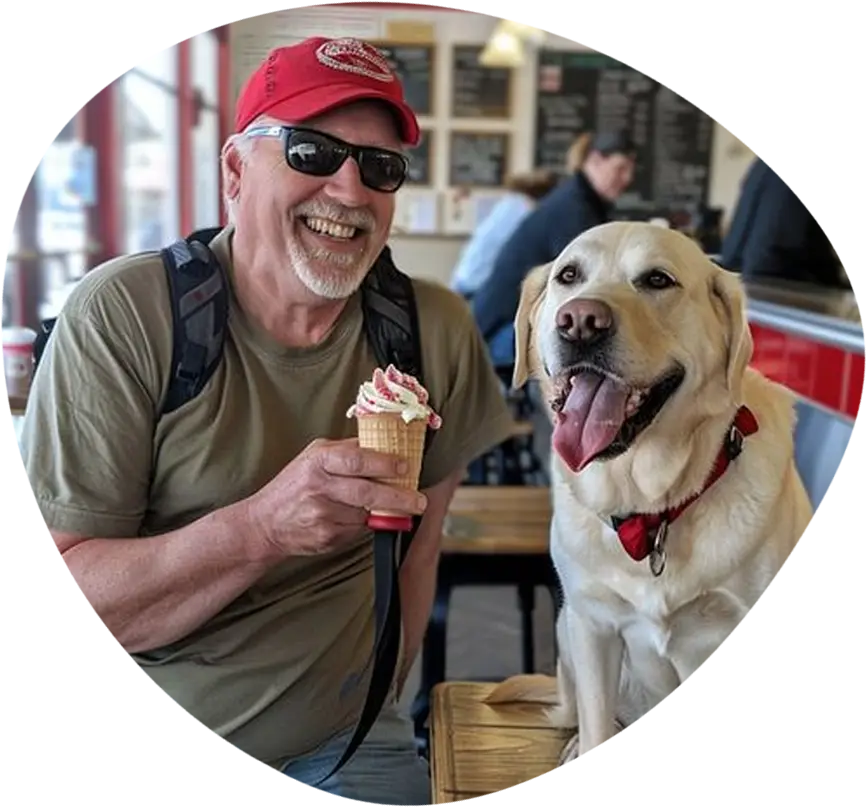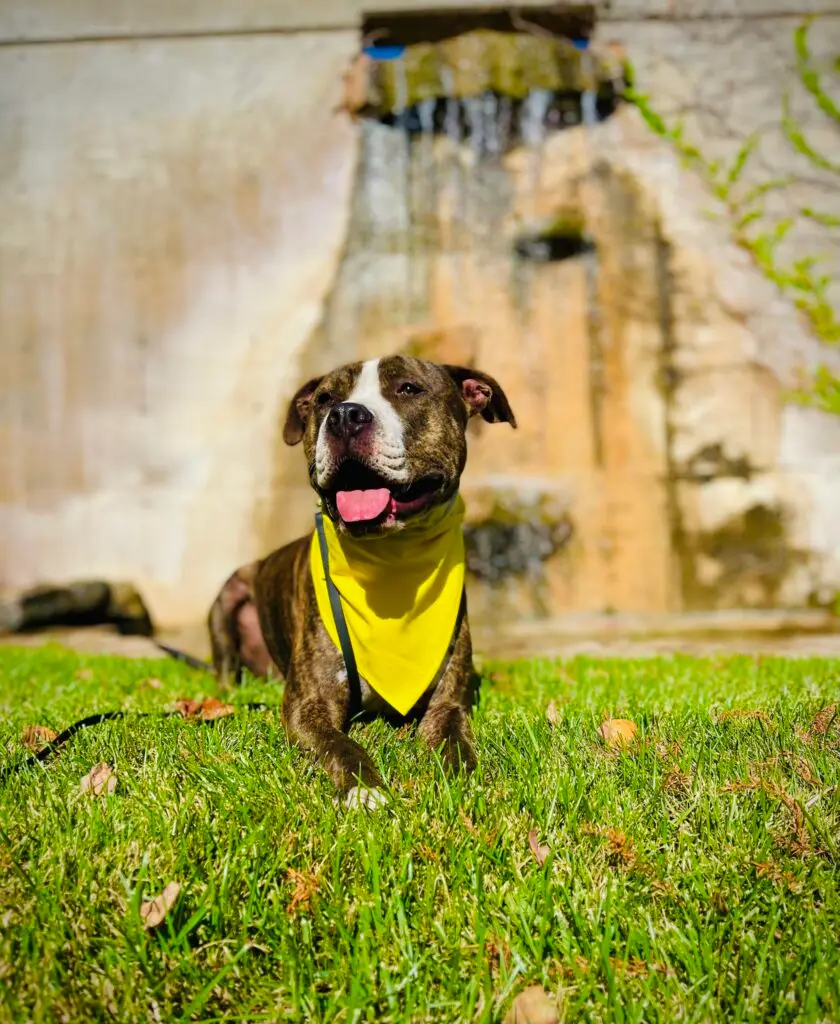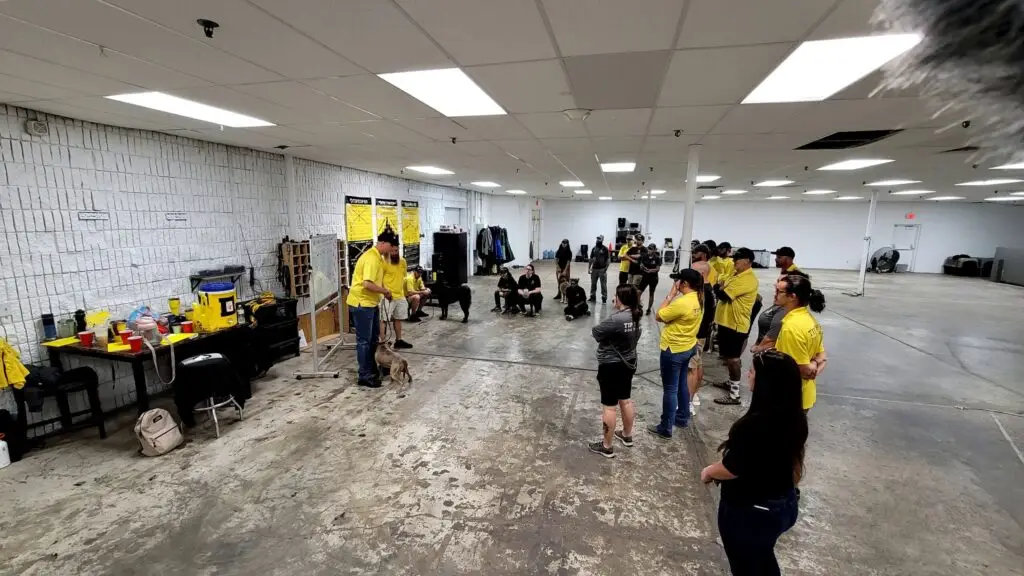Training Service Dogs You Can Rely On
Expert training. Fast results. Guaranteed.
Most dogs hit 95% of service goals in just 2–4 weeks.
Service Dog Training In Just A Few Weeks
- Achieve 95% of your service dog goals in just 2-4 weeks
- Ensure your dog has impeccable impulse control and behaves exceptionally in public
- Each program starts with a consultation to assess your dog's specific needs
Helping With Real-Life Needs Every Day
- Mobility challenges: Dogs can retrieve items, open doors, or provide physical support.
- Balance issues: Some dogs are trained to brace or stabilise their owner.
- Mental health needs: Dogs can interrupt panic attacks or remind you to take medication.
- Panic attacks: Dogs may alert you early or apply deep pressure for calming.
- Seizures: Some dogs detect early signs and help you stay safe during an episode.

Where Service Dogs Can Go
Shops
Restaurants
Hotels
Hospitals
Schools
Service Dogs Special Permissions


Businesses can only refuse a service dog if:
- Your dog is not housebroken
- Your dog is out of control, and you cannot get your dog under control

Businesses can not:
- Require any documentation or certification that your dog is a service dog
- Require that your dog demonstrates its task
- Inquire about the nature of your disability


Service Dogs FAQs
Questions We're Commonly Asked
Under the ADA, a service animal is defined as a dog that has been individually trained to do work or perform tasks for an individual with a disability. The task(s) performed by the dog must be directly related to the person’s disability.
No. Groups selling certification online are charlatans and the documents they sell give no rights whatsoever.
No. Only Service dogs are covered under the Americans with Disabilities Act (ADA).
The ADA places no restrictions on breed whatsoever.
No. Under the ADA, a true service dog must already be trained or it is not classified as a service dog.
Although not required, we at Tip Top K9 recommend your dog wears a vest to make sure people give your dog space and do not confuse it for a pet.
The dog must be trained to take a specific action when needed to assist the person with a disability. For example, a person with diabetes may have a dog that is trained to alert him when his blood sugar reaches high or low levels. A person with depression may have a dog that is trained to remind her to take her medication. Or, a person who has epilepsy may have a dog that is trained to detect the onset of a seizure and then help the person remain safe during the seizure.

Find a Trainer Near You
We have trainers across the U.S. who specialize in service dog training. Check out our locations to find an expert near you.
